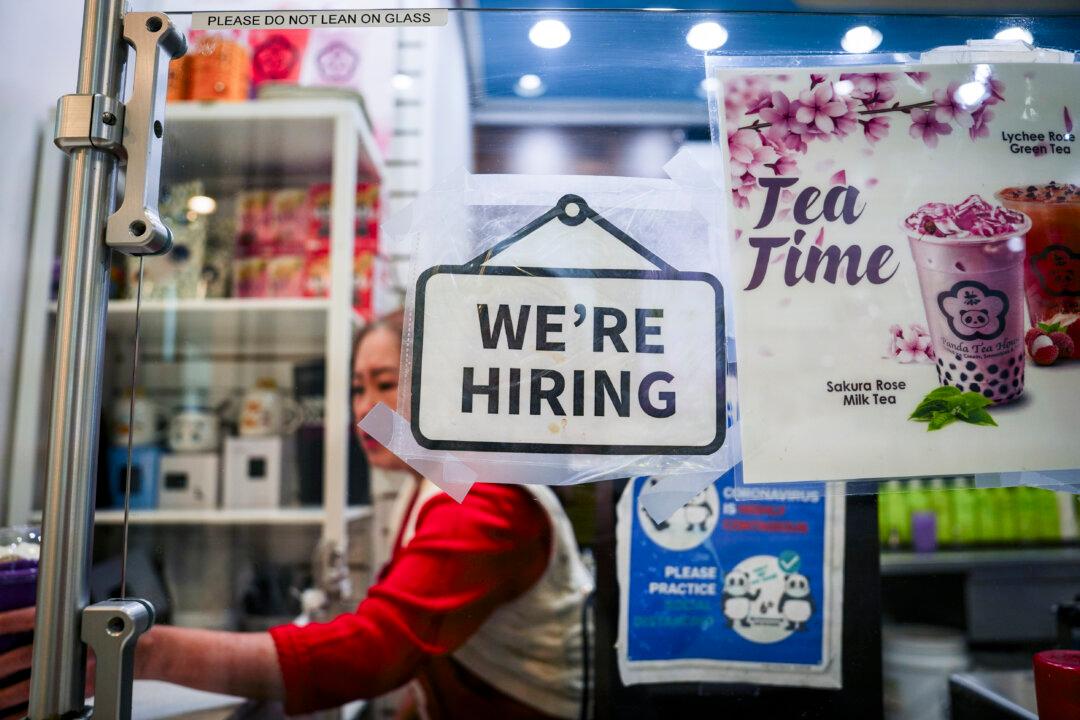A trust fund for Social Security is scheduled to run out of money by 2034 as benefits exceed tax revenues, according to new estimates from the nonpartisan Congressional Budget Office (CBO).
The budget watchdog released the latest report assessing the financial state of the retirement program over the next 75 years.





